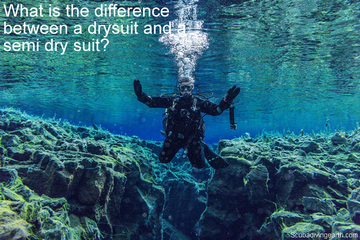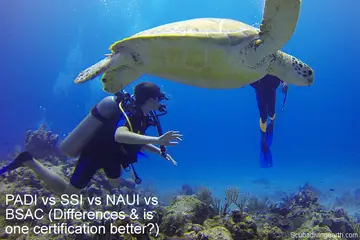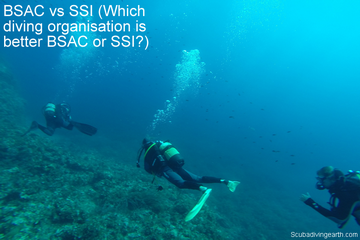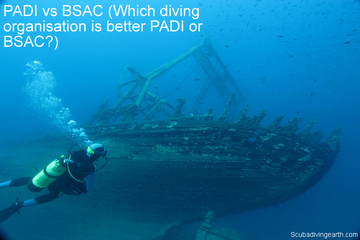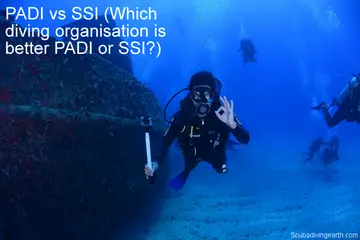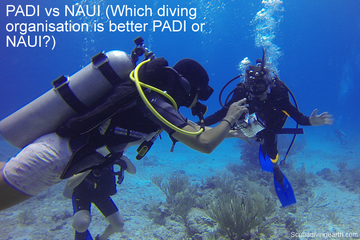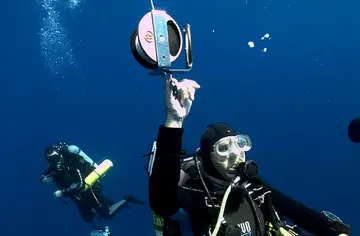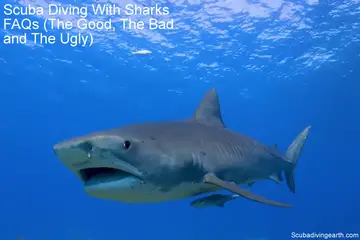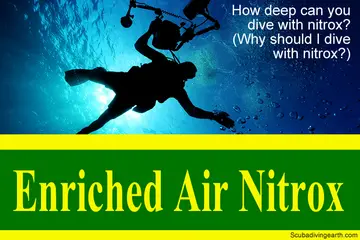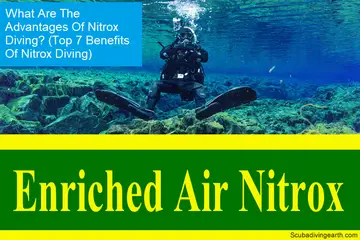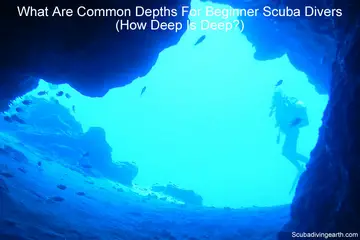What is the difference between a drysuit and a semi dry suit?
The difference between a drysuit and a semi dry suit is that a dry suit keeps you dry and in a semi drysuit you get wet. There are other differences, which include that drysuits are designed to be used in colder waters than semi drysuits. Also, drysuits tend to be more expensive than semidry’s and a drysuit can be used for buoyancy control instead of your buoyancy control device (BCD). Whereas a semi drysuit cannot be used like a BCD.

